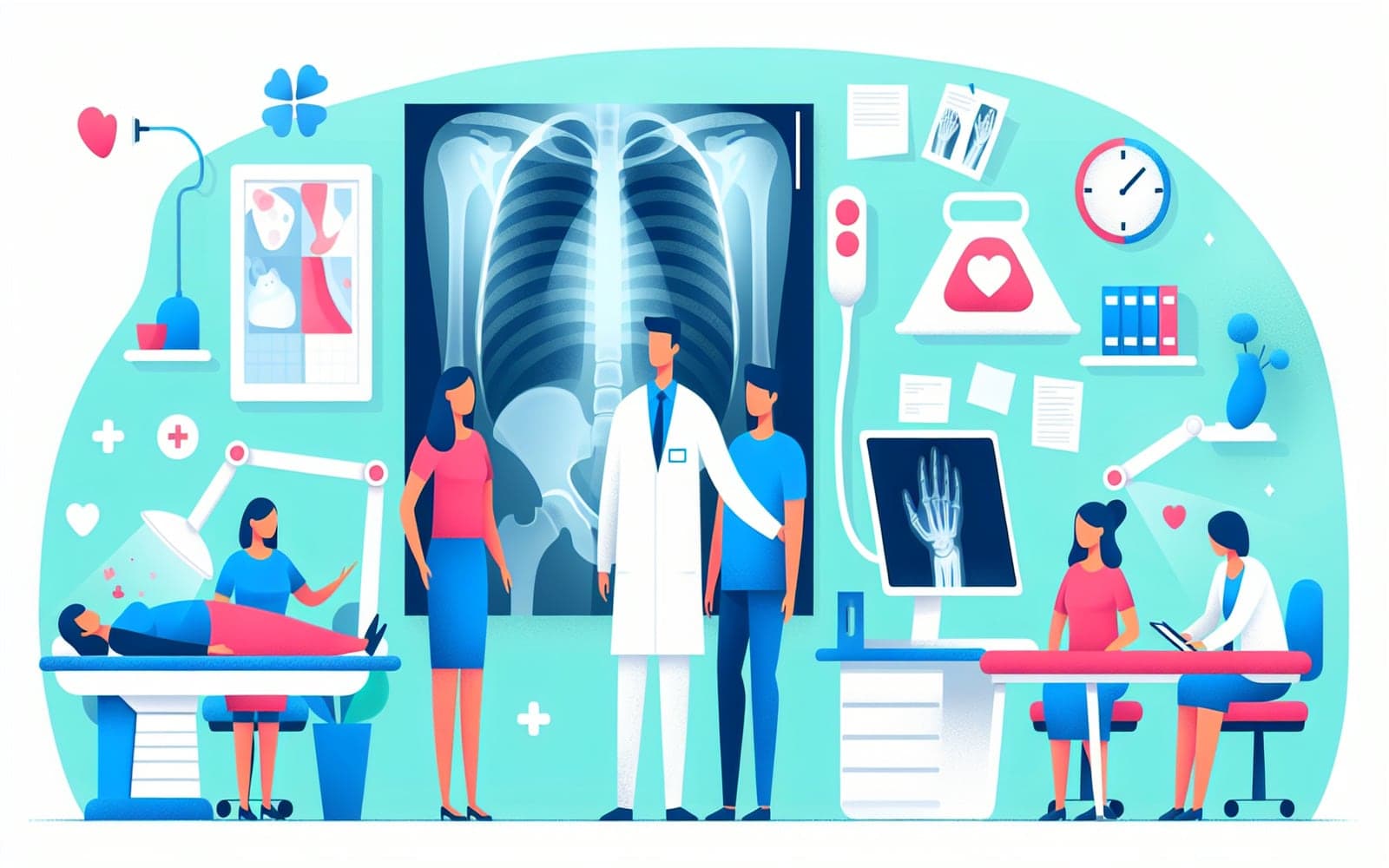X-Ray or Ultrasound: Which is Better for Fractures?
Published: May 26, 2024
Choosing the right diagnostic test is crucial for identifying fractures accurately. But which one is more effective?
Contents
The Classic: X-Rays
X-rays are the most common method for diagnosing fractures. They provide detailed images of bones, helping doctors identify breaks and their severity. However, some fractures, like stress fractures, might not show up on initial X-rays.
The Newcomer: Ultrasound
Ultrasound is gaining popularity for diagnosing certain fractures, especially in emergency settings. It uses sound waves to create images and is beneficial due to its portability and lack of radiation. However, it might miss some fracture types, like middle and proximal phalanx fractures.

When to Use Advanced Imaging
If standard X-rays or ultrasounds are inconclusive, advanced imaging like CT or MRI is recommended. These tests offer detailed views of bones and soft tissues, revealing fractures that are otherwise hidden. They are especially useful for complex injuries or when surgery is being considered.
Frequently Asked Questions
X-rays are common but not always needed; ultrasound can be an alternative.
Ultrasound is helpful but may not detect all fracture types.
When X-rays or ultrasound are inconclusive, CT or MRI may be needed.
No, ultrasound uses sound waves and has no radiation.
Key Takeaways
Selecting the right diagnostic test can make a big difference in fracture treatment.
Discuss the best diagnostic options with Doctronic for your fracture concerns.Related Articles
References
Sorensen B, Hunskaar S. Point-of-care ultrasound in primary care: a systematic review of generalist performed point-of-care ultrasound in unselected populations. Ultrasound J 2019; 11:31.
Joshi N, Lira A, Mehta N, et al. Diagnostic accuracy of history, physical examination, and bedside ultrasound for diagnosis of extremity fractures in the emergency department: a systematic review. Acad Emerg Med 2013; 20:1.
Always discuss health information with your healthcare provider.

